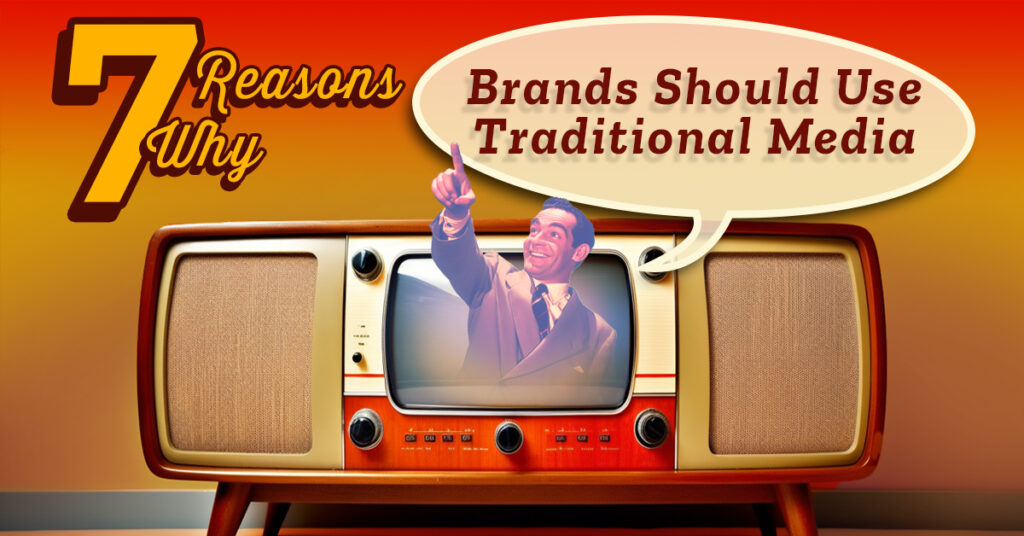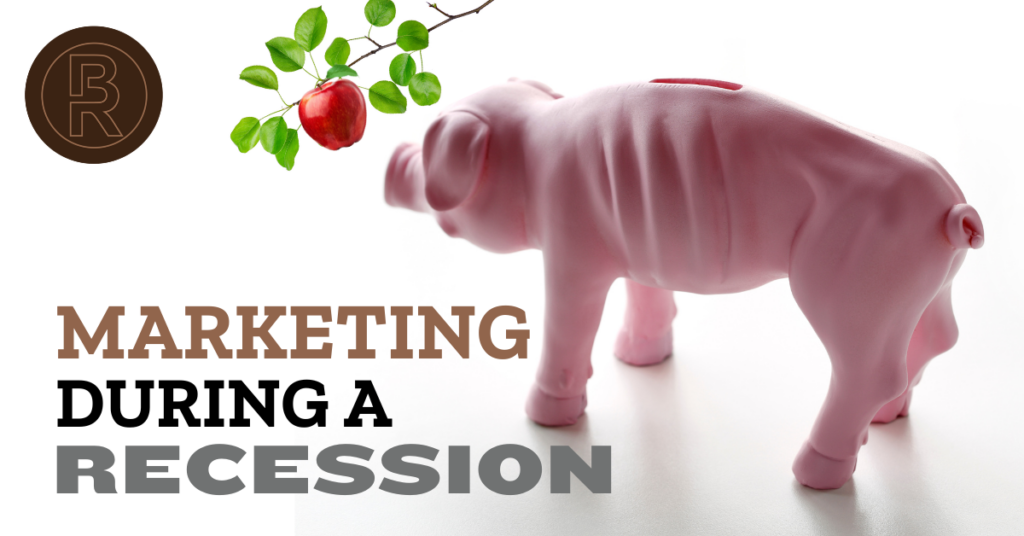7 Reasons Why Brands Should Use Traditional Media
Advertisers are consistently trying to decide where to spend ad dollars between traditional media and digital media campaigns. Despite the growing influence of digital media over the past 5 years, traditional media via TV and radio still holds significant value for Houston brands. Here are seven influential reasons why brands should continue to use […]
7 Reasons Why Brands Should Use Traditional Media Read More »


